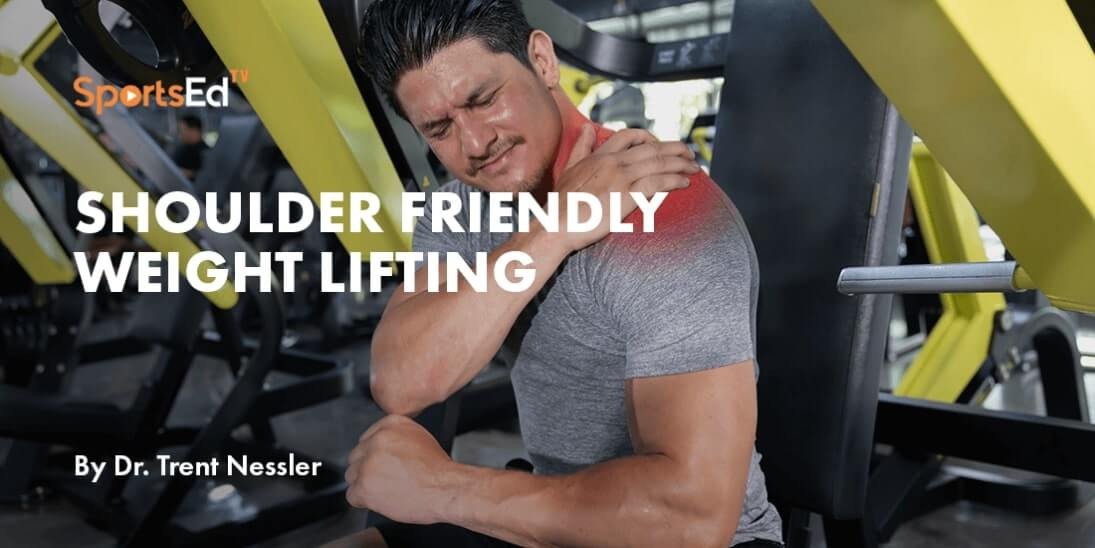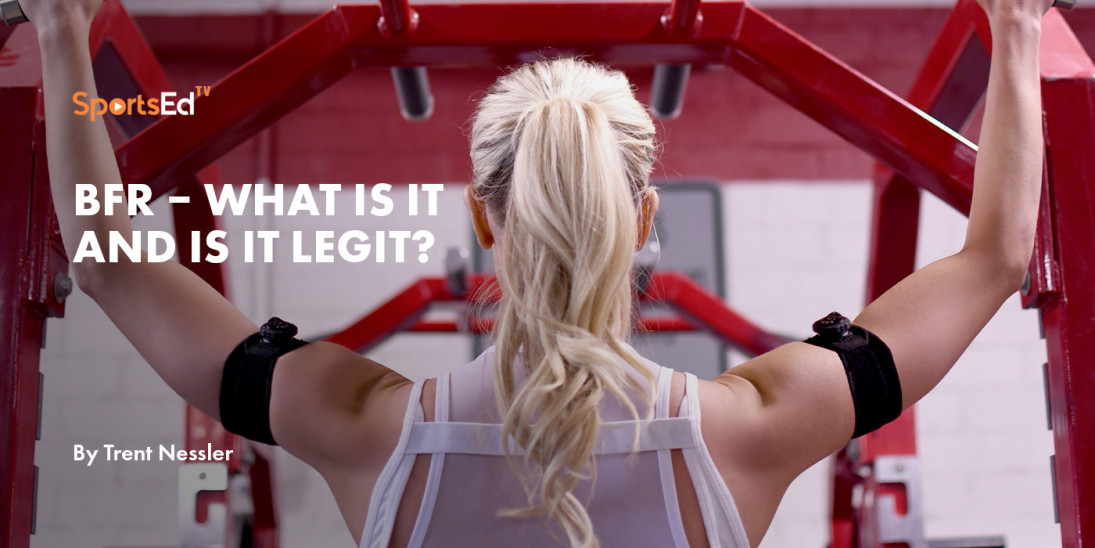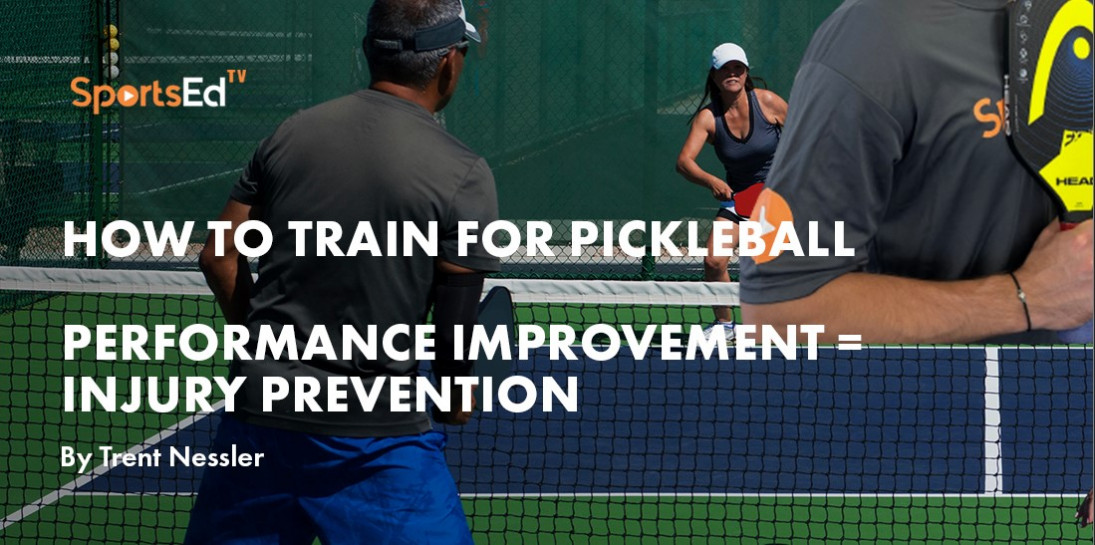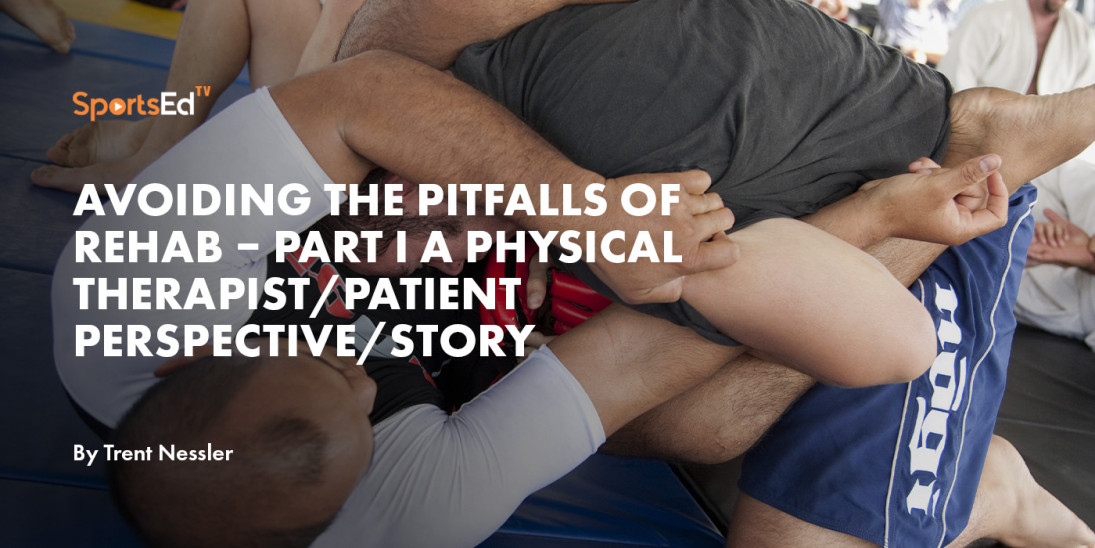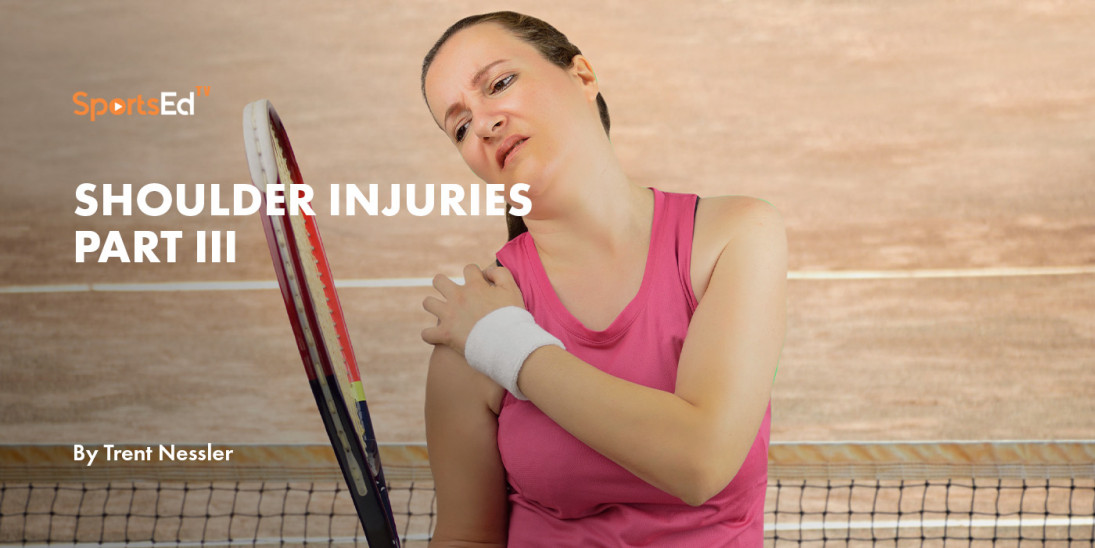Volleyball
Welcome and thanks for visiting...

ACL Injuries in Volleyball
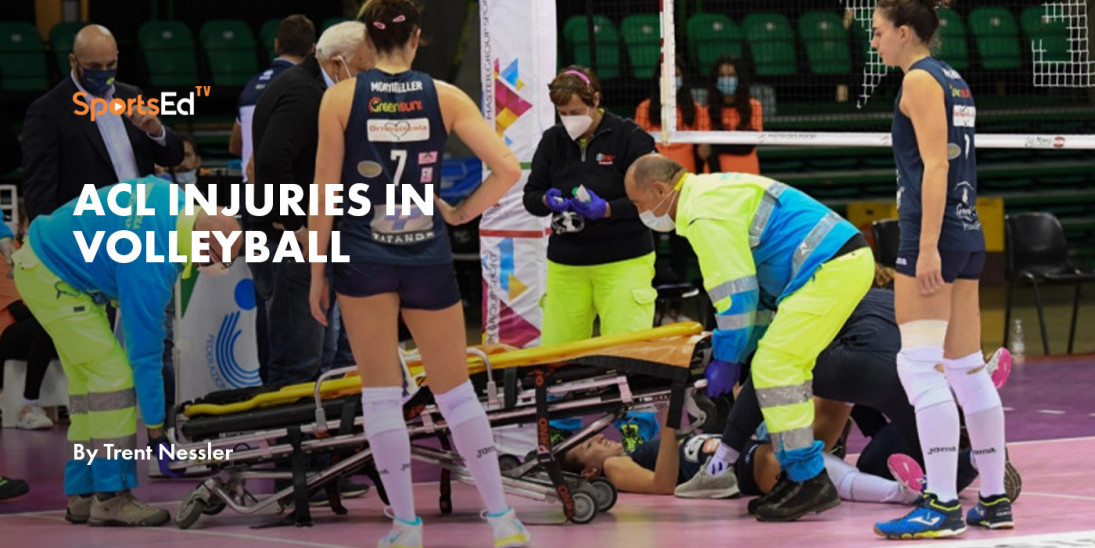
Every year there are over 807,000 lower limb injuries in high school athletics in the United States.1 Of those, there are over 300,000 of which are anterior cruciate ligament injuries.2
Of all the lower limb injuries, the ACL is the one that most people know about and which has the longest rehab (time off the court or field), cost the most in health care dollars and has the longest long term impact to future joint health, performance and quality of life in later years.
Some studies indicate that 1 in 4 youth athletes that tear their ACL will suffer another ACL injury at some point in their athletic career3. In a recent study the authors looked at the ability of female youth athlete’s ability to go back to play after an ACLR.4 The study had a 1-2 year follow up and showed that most athletes were able to go back to play.
However, the majority had a higher reported level of knee pain, symptoms and reduced knee function in sport and lower quality of life. So, although they were able to return to play, they were not able to perform at the same level, had pain when they performed and their quality of life off the field/court was much less.
A similar study found that although 83% of athletes return to play, only 53% return to pre-injury level of performance5 Of those, 28% end up suffering a contralateral ACL injury (on the opposite side).
In Volleyball, these numbers are not much better. In a four-year retrospective analysis, the authors looked at injury rates among NCAA Division I women’s volleyball players. In this small sample size (N=20) followed over 4 years, there were a total of 133 injuries recorded.
The most common injury was to the knee. Most injuries occurred in practice, followed by competition and strength and conditioning. The results also revealed that non-contact injuries were more common than contact and there were spikes in injury rates associated with increased training volume. Why is this so common in women’s volleyball?
There are a lot of reasons behind this. Some anatomical. Research shows that the size of the female’s ACLs tend to be smaller in size (length and girth), the groove that the ACL runs through is narrower (femoral notch), and the Q-angle at the hips is wider. This means a smaller ACL can take less stress, the narrower notch means it is rubbed on more with lateral and diagonal cutting motions (which can wear it out) and larger Q-angle (wider hips) means more of a valgus stress to the ACL with sports with jumping and bounding activities. These anatomical things we can’t address.
But there are risk factors for volleyball players that we can address. If you throw on top of the above anatomical issues the rapid growth spurt that a lot of our VB players go through, this can lead to a decreased kinesthetic sense (unaware of where the limbs are in space). With rapid growth comes tightness in the muscles (muscles have a hard time keeping up or lengthening at the pace which the bones grow). This leads to a lot of tightness and change in joint positions. This alters the proprioceptors in the joints as well as the mechanoreceptors in the muscles. This combo throws off the normal feedback system we have to tell us where we are in space. This is one reason a lot of our players who just went through a growth spurt have “awkward movement”.
In addition, with the lengthening of the muscles comes, unless addressed, inherent weakness of those muscle. A stretch to a muscle helps it repair and recover. But a permanently stretched muscle is weak. This is not just in the quadriceps and hamstrings but also the muscles of the core and hips. These combined weaknesses add to a predictable movement pattern we see in our female VB and BB players.
Depicted here in this elite level VB player, what you see is weakness of the core and hips which allows the knees to move in toward midline (valgus position). This is not the position the joint is designed to move into. This position places a lot of stress on the patellofemoral joint, the meniscus as well as the ACL (just to name a few structures). Typically, what we see is if an athlete is presenting with this motion at the beginning of their practice that this motion will be exemplified as they continue to practice and become fatigued.
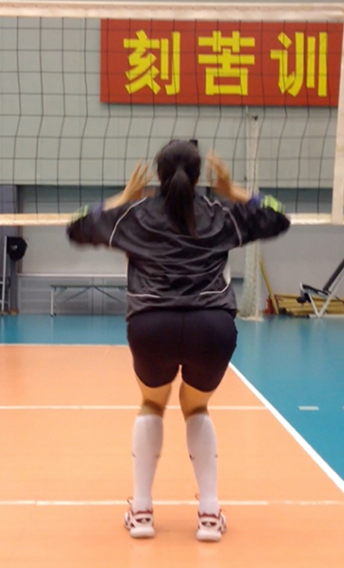
If you are seeing an athlete do this with bilateral hopping (jumping on both legs) what you will see is this is made much worse when they do single leg activities (stepping up, jumping or running). Knowing this, this is actually an easy test you can use to assess whether or not your athlete demonstrates these movement patterns and if they are at an increased risk for ACL or knee injuries.
With one foot off the ground, have the athlete perform a single leg squat. Perform a total of 10 reps on the right and 10 reps on the left. Don’t allow them to touch the opposite to the ground during the entire time. What you are looking for is:
- Are they able to perform?
- Who many times did they lose balance?
- Are they able to keep their knee from going in toward midline?
Are they able to control their hips?
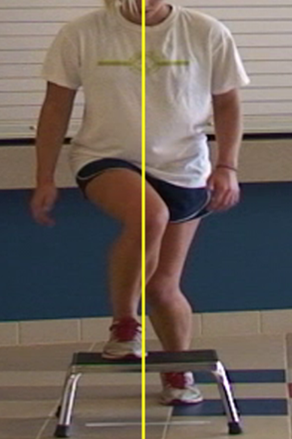
Each of those factors are worth one point each for every rep they perform. So doing 10 reps on the right would give you a total possible of 40 points. For every rep they can’t do one of those things, you deduct one point. This will allow you very quickly to compare the right side to the left side.
In our next blog, we will start talking about some exercises you can do to address all these factors, reduce the risk for injury and improve athletic performance.
1 (Slauterbeck et al Am J Sport Med 201); 2 AAOSM Annual Conference 2016); 3 (Wiggins et al Am J Sport Med 16); 4 (Ezzat et al Am J Sport Med 21); 5 (Lindanger et al Am J Sports Med 19)

